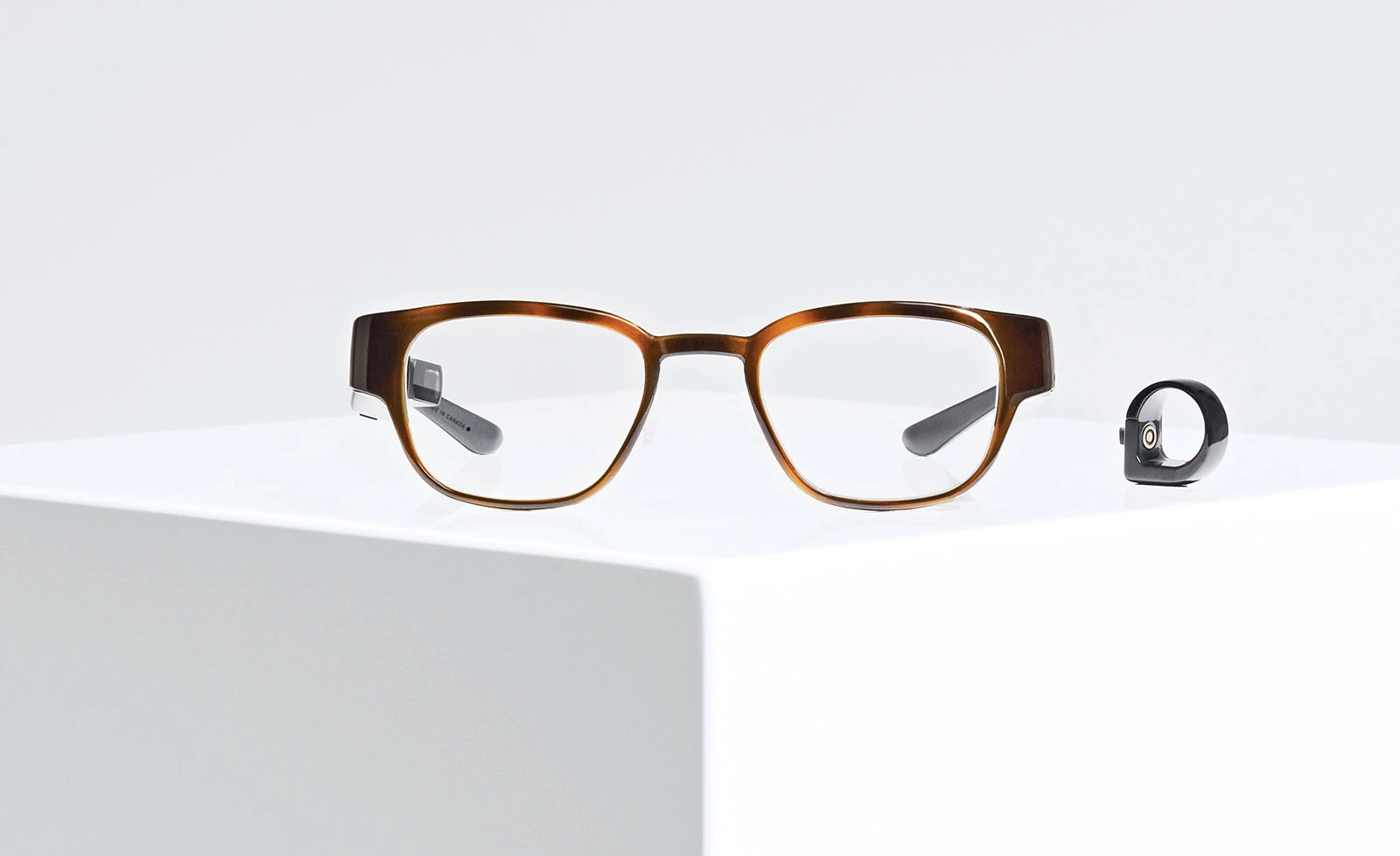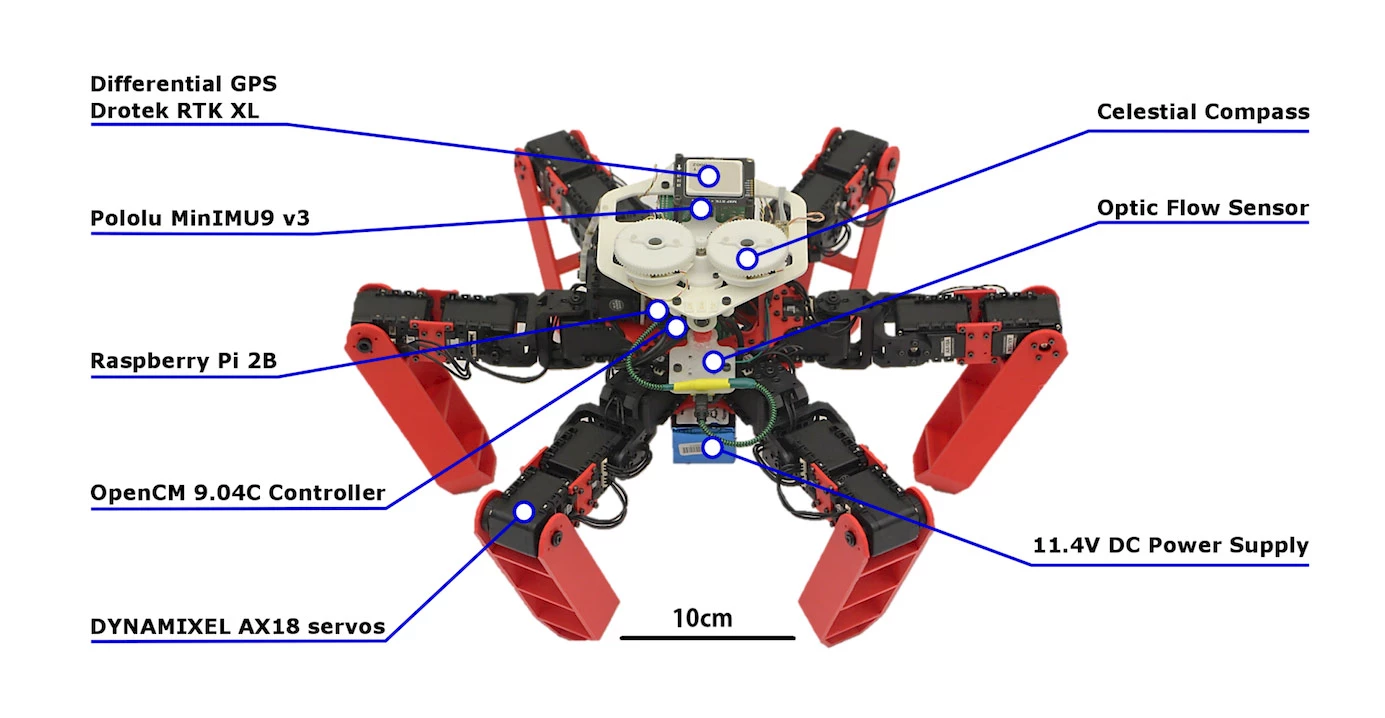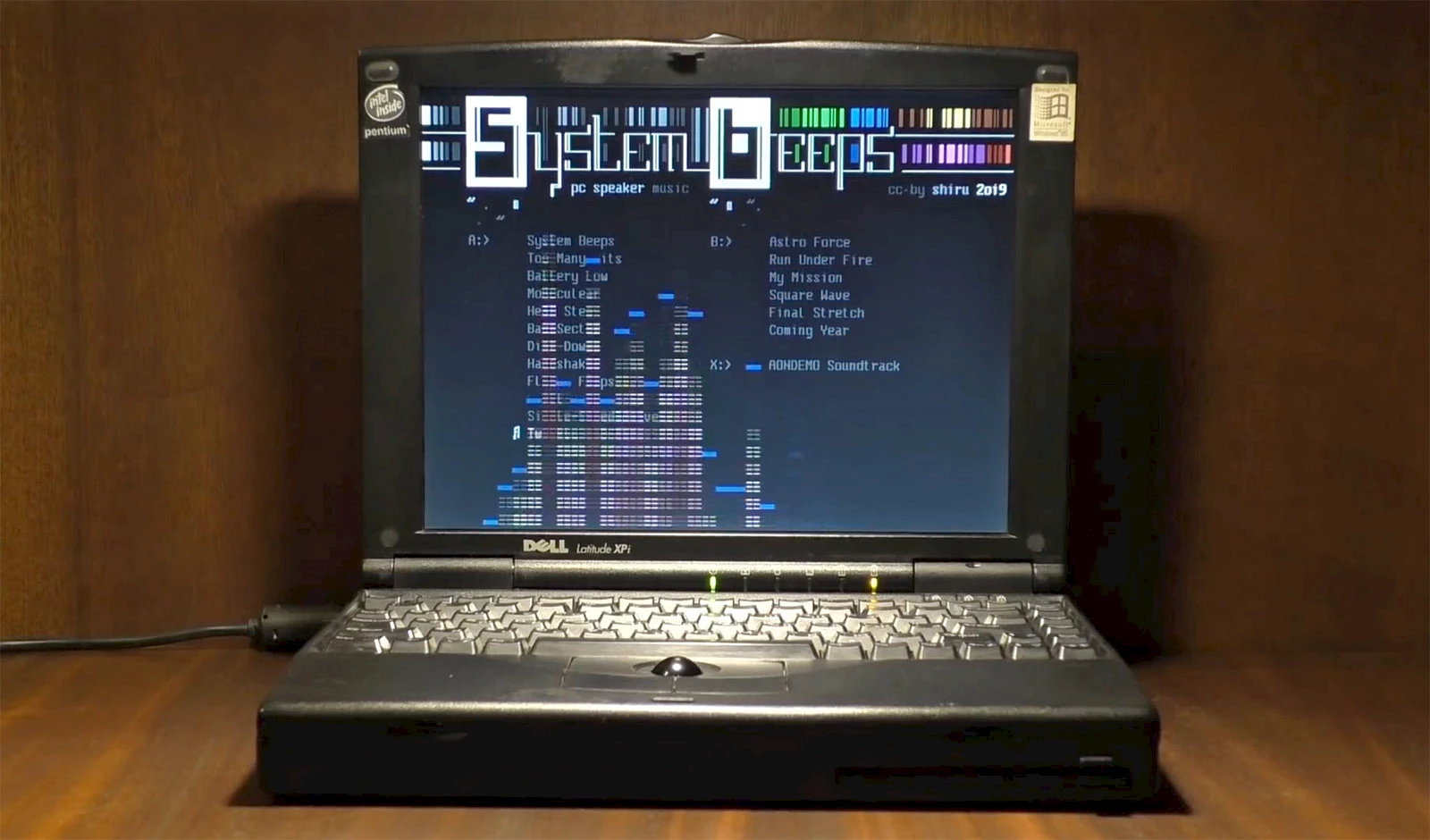Weekly Tech Recap - № 203 - Focals by North, Clever-Commit, Skaterbot, optical-flow guidance, System Beeps

Focals AR glasses

Focals. © North Inc.
North’s Focals smart glasses look like regular glasses, but provide an AR environment. Unlike Google Glass, they don’t have a camera; but they do let you see notifications from your phone through Bluetooth, much like a smartwatch. You can control them discreetly through a ring that acts as a joystick and button. The laser-produced picture, which is 300 x 300 pixels, is very clear, according the The Verge’s reviewer, who tested the glasses. The basic model is priced at 600 USD, while the prescription version costs 200 USD more. You can’t buy the glasses online and instead have to go to one of the company’s showrooms in either Toronto or Brooklyn (New York), to get fitted.
⇨ The Verge, “North Focals glasses review: a $600 smartwatch for your face.”
AI swatting bugs in Firefox

Mozilla is in the process of deploying Clever-Commit, a machine-learning tool dedicated to hunting down bugs. This software was developed in Montreal by Ubisoft La Forge, the game developer’s research lab, in partnership with Concordia University. Clever-Commit analyzes code changes as developers commit them to the Firefox codebase. It compares them to all the code it has seen before to see if they look similar to code that the system knows to be buggy. If the assistant thinks that a commit looks suspicious, it warns the developer and can even suggest a fix. This allows bugs to be addressed at a stage when fixing a bug is a lot cheaper and less time-consuming than upon release. It works with all three of the languages that Mozilla uses for Firefox: C++, JavaScript, and Rust. The system finds some 60-70 percent of bugs, though it also has a false positive rate of 30 percent.
⇨ Mozilla Blog, “Making the Building of Firefox Faster for You with Clever-Commit from Ubisoft.”
⇨ Ars Technica, “Mozilla to use machine learning to find code bugs before they ship.”
Skating Robot

Skaterbot. © ETH Zürich.
Researchers at the École polytechnique fédérale de Zurich (ETH Zürich) have built Skaterbot, a four-legged robot on skates. Skaterbot’s legs, which are 3D-printed, are modular, so that their design can be modified with the addition or removal of modules. The ETH engineers fabricated the legs with a Stratasys F370 3D-printer. The robot also has Turnigy TGY-306 servos, a USB Pololu Maestro controller and a 7.4-volt battery. If you don’t have access to a skating rink, you can swap out the skates for wheels.
⇨ Ars Technica, “This four-legged robot taught itself to ice skate.”
Sun reckoning

AntBot. © Université d’Aix-Marseille/CNRS.
Ants in temperate climates use pheromone trails to navigate. But pheromones don’t last in arid climates, on hot, sandy ground. Desert ants have therefore learned to navigate using the only signpost available to them: the sun. Researchers have tried to mimic this strategy to help robots navigate on other planets, where GPS and satellites are not available. This technique, called optical flow, could also be used on small, earth-based robots to do away with energy-intensive GPS sensors. While early results on the hexapod AntBot are encouraging, there is still progress to be made, since robot navigation skills still don’t equal the humble desert ant’s. Nature is an endless source of inspiration for robotics.
⇨ IEEE Spectrum, “Robot attempts to navigate as well as a tiny desert ant.”
PC Speaker gets musical

System Beeps. © Shiru.
In the beginning of micro-computing, computers had severely limited sound ability: they could beep, and that’s about it. Nor did you want to hear that beep, as it usually meant an input error, a crash, or a hardware problem. IBM’s Personal Computer, released in 1981, had a more advanced speaker, but it was still pretty basic, and playing music on it required advanced tinkering skills. This was before the invention of audio cards like the Sound Blaster. Of course, that technology is now also obsolete, but this hasn’t stopped nostalgic fans like shiru8bit from having fun with it. His latest album, called System Beeps, is a 48 Kb program for MS-DOS 3.3 that uses the same techniques used by the first generation of games for the IBM PC. Your minimum configuration is an IBM PC XT (Intel 8088 processor) with at least 256 Kb of RAM and a CGA video card. Since most of us don’t have that kind of hardware lying around, the simplest thing is to listen to the album on BandCamp or to follow the link to the YouTube video below.
⇨ Habr, “PC Speaker To Eleven.”
⇨ TechCrunch, “Feel the beep: This album is played entirely on a PC motherboard speaker.”
